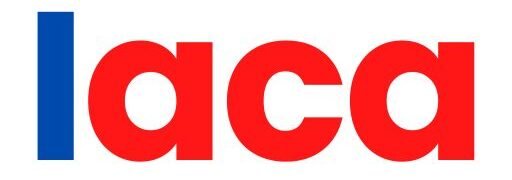In efforts to assist underprivileged households amidst the continuing problems with finance, the UK Government has rolled out a £200 Cost of Living Payment for the year 2025. Part of a household support fund (HSF), this initiative is intended to relieve pressure during these economically tough lines, primarily for essentials like energy bills, groceries, and housing costs.
What is the £200 Cost of Living Payment?
This single cash grant vanishes in order to enable vulnerable families cope with the surge in living costs. The councils, managed by local authorities all over England, are responsible for disbursing HSF funds . Each will determine his own eligibility criteria on how applicants and approvals are done so it is best to consult your local authority on specifics.
Eligibility
Some required eligibility conditions may vary from council to council, but there are some broad criteria-typical low-income households and families manage within a certain band of annual income-commonly between £20,000 to £30,000. These may generally include persons entitled to Universal Credit, Pension Credit Income Support, Housing Benefit, income-based Jobseeker’s Allowance (JSA), Income-related Employment, and Support Allowance (ESA).
The criteria would also concern the elderly whose incomes are mainly fixed or receiving Pension Credit as well as households with insufficient savings usually within amounts of £2,000 up to about £10,000.
For instance, Dudley Council pays £200 to households that have less than £2,000 in savings and have an income level of less than £40,000, having a maximum threshold of £30,000 for an “individual”.
Ways to Apply
For instance, to get that £200 Cost of Living Payment, you first need to find your local council’s guidelines and check specific eligibility and application procedures by visiting the local council’s website. Next, prepare all the necessary documentation like proof of income, bank details, and even proof of address. Complete the application form online through mail or in person following your council’s instruction.
There is variation in processing time, but it is the aim of most councils to disburse payments within two to four weeks of approval. Some councils may have different application deadlines or explanation regarding the availability of funds, so it is prudent to apply without delay.
How they would dispense
Distribution methods may include some cash for example A council may deposit £200 directly into a bank account, where funds are credited directly into the bank accounts of eligible applicants. Other councils may allow some clients to come pick up their payment.
Also, there are those who would rather not pay in cash but in vouchers redeemable from supermarkets. Some councils prefer to pay cash at certain points to eligible applicants. Islington Council, for example, writes to those eligible advising them to collect their money from the local Post Office.
Further Financial Aid
In addition to this £200 payment, there are other resources such as the Warm Home Discount Scheme, which provides £150 discounts off electricity bills to low-income households that are eligible. Other suppliers may also make provisions of energy bill support, through payment plans and hardship funds, offered by the large energy companies.
Other forms of help include food and essentials support, with local food banks and charitable organizations having systems in place to provide emergency food parcels. You should look into any of these and use the benefits calculators for ascertaining that all entitled support is received.
Conclusion
This is an important £200 Cost of Living Payment in 2025 to enable households benefiting understand this helps in meeting some of the basic needs expenses incurred. This support can be had by understanding eligibility requirements and application processes pertaining to your local council.




